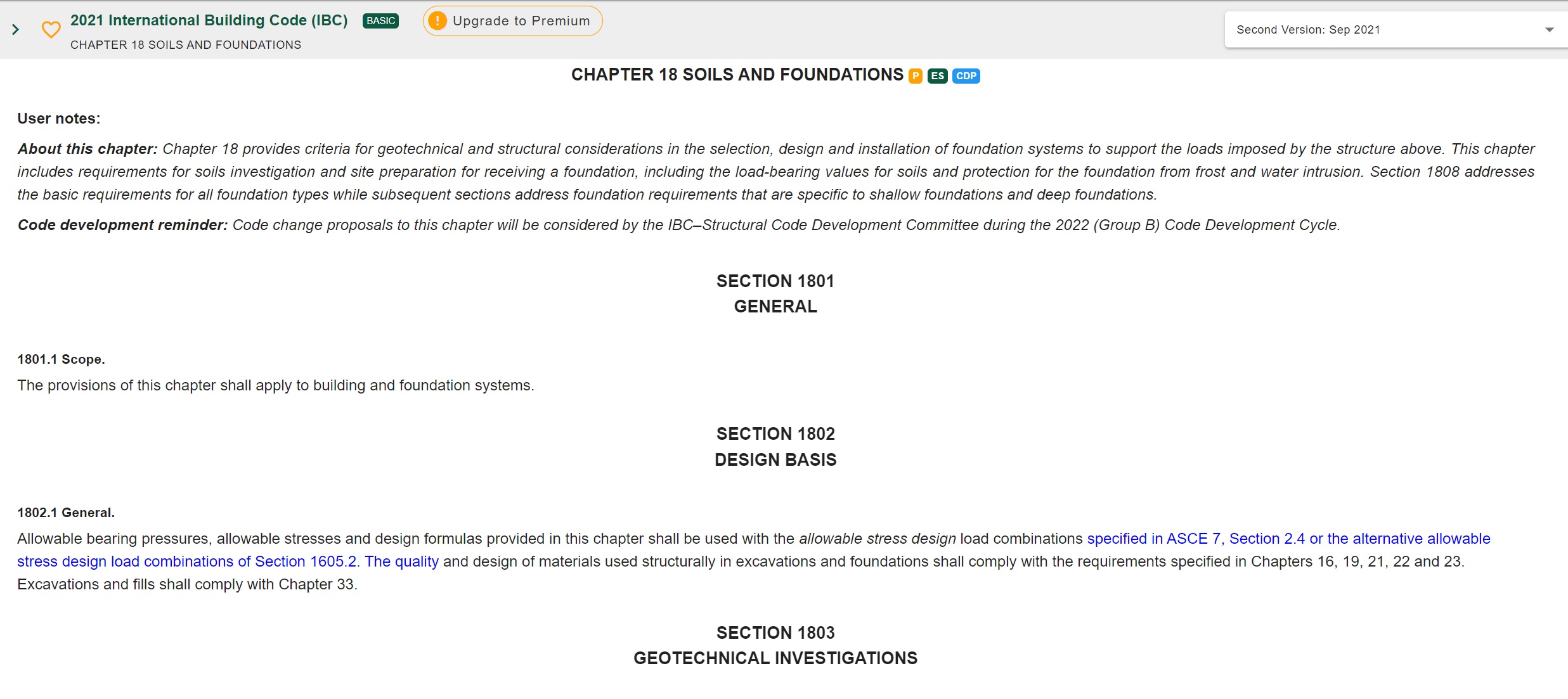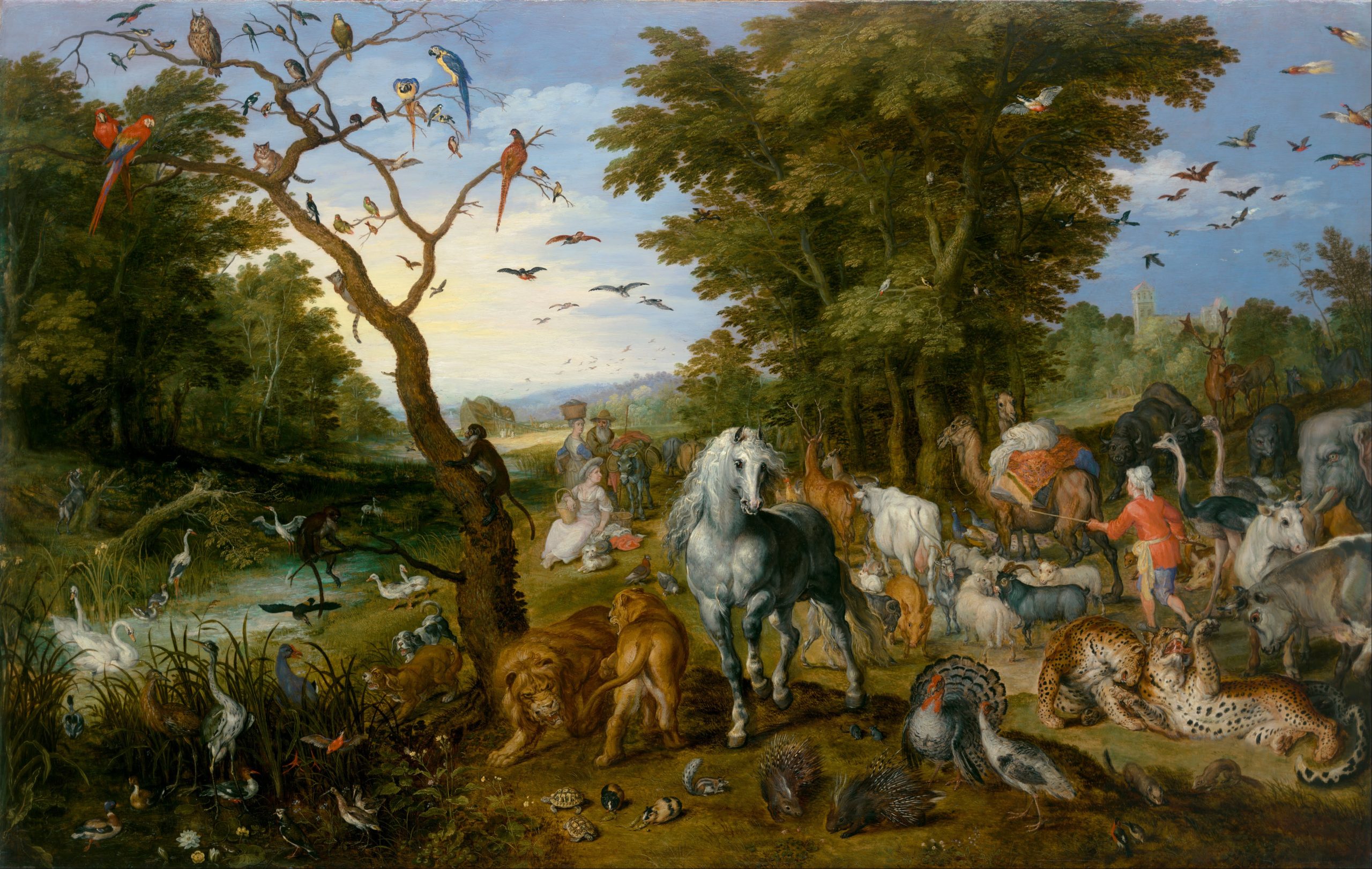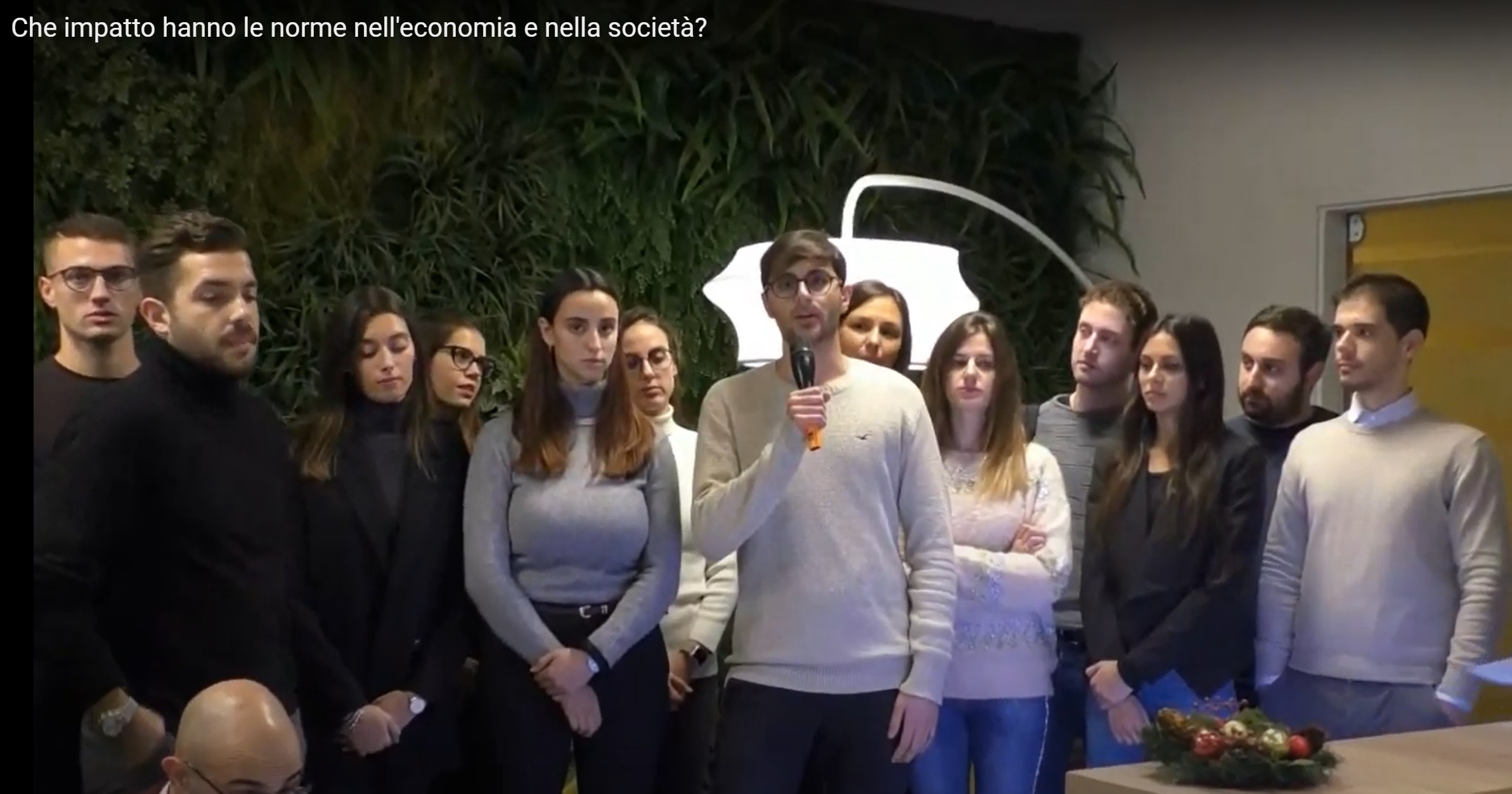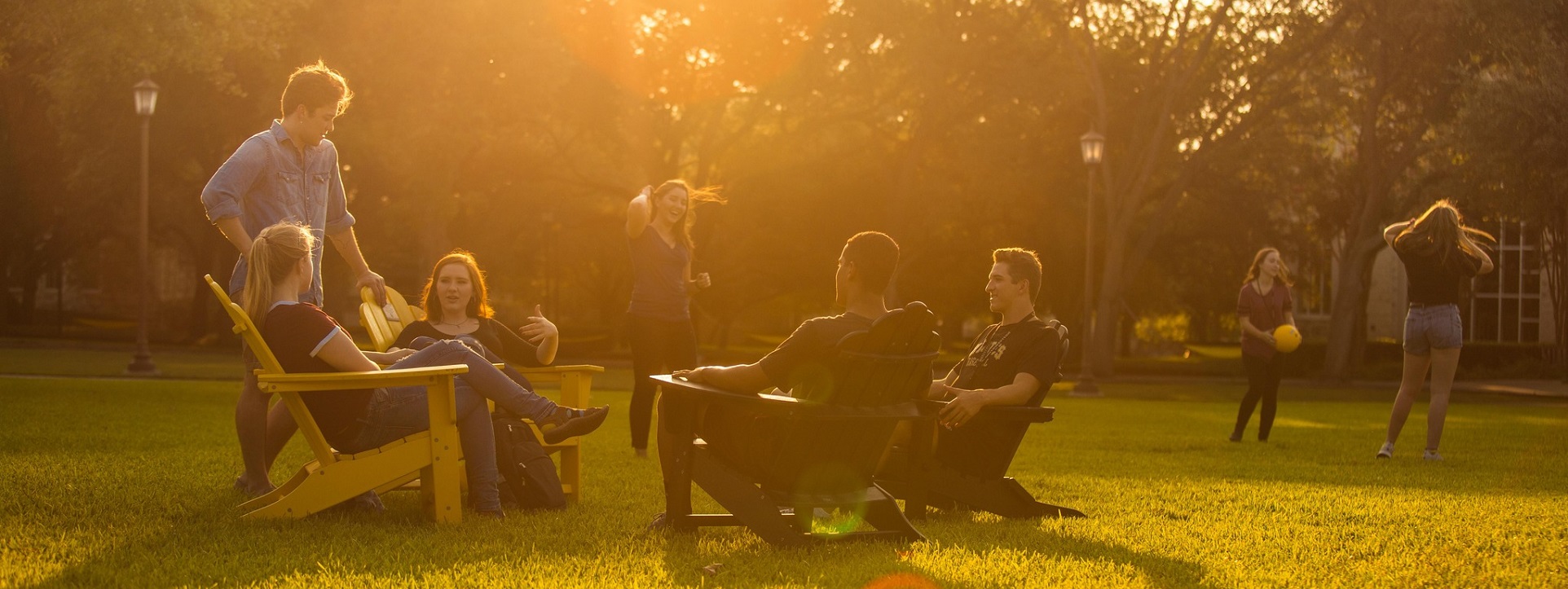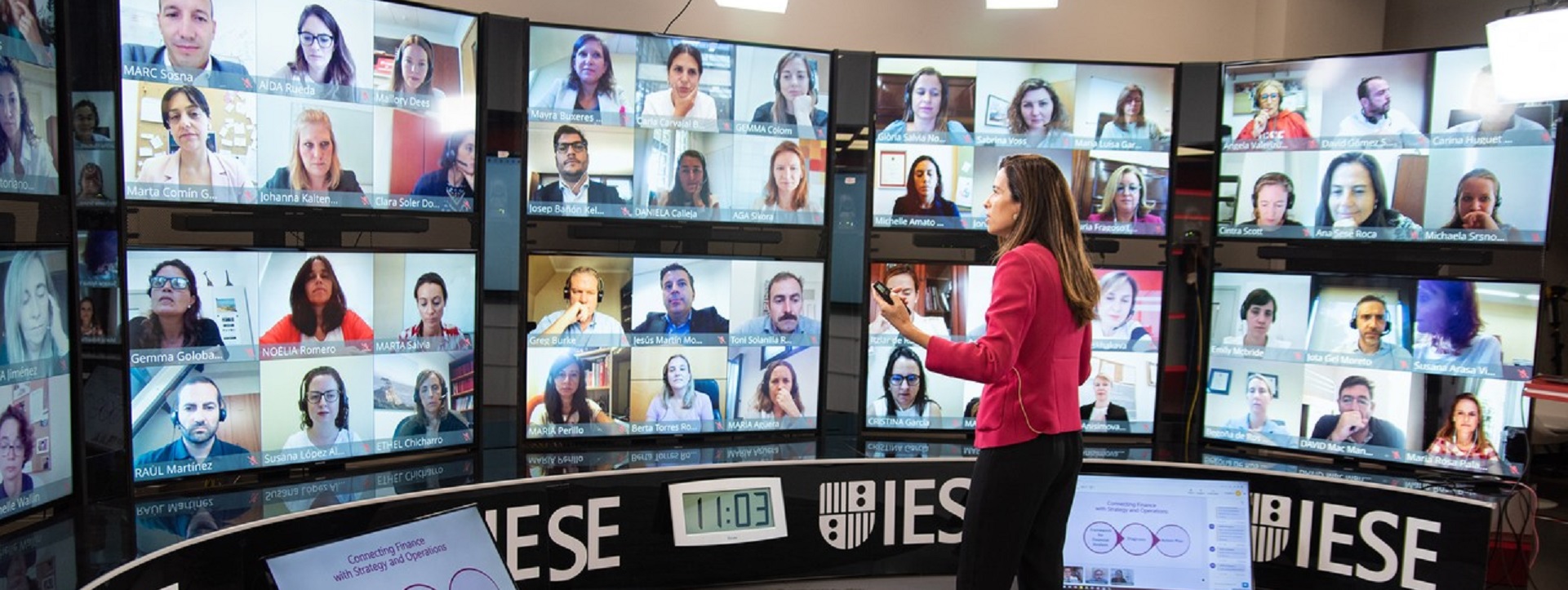Harvard Net Position 2024: $16.582B | University of Michigan Net Position 2024: $22.335B
Good morning everyone. Hope you have a great day ♥️ pic.twitter.com/Fq3btwXrXg
— JAN 🇺🇸 (@janaroo1) April 22, 2025
Harvard Life Sciences Facilities
Harvard University | Campus Property, Facilities, and Resources
Harvard University Buildings & Facilities
Harvard University Facilities Maintenance Department





